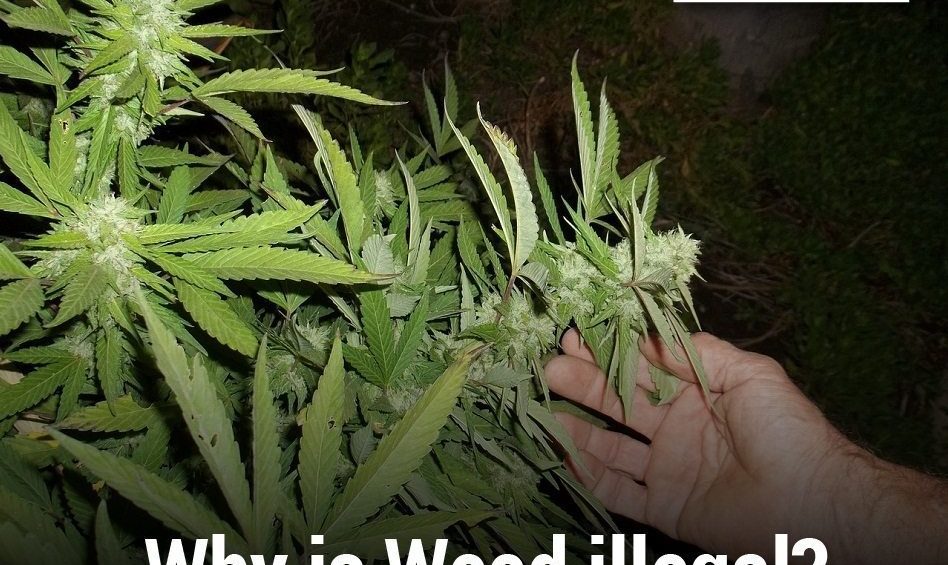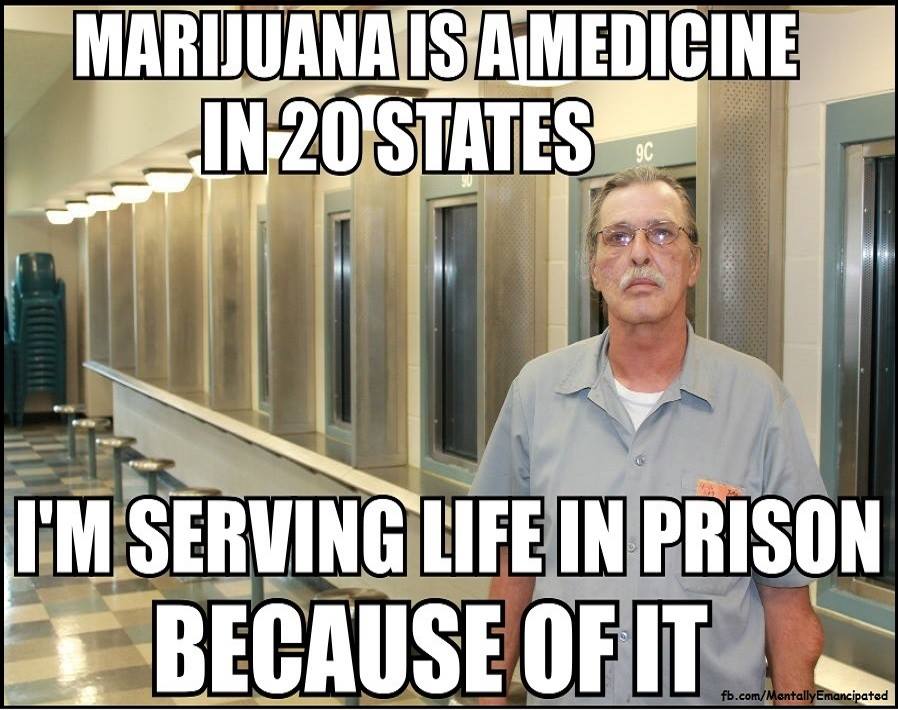It’s been less than a year since the first legal recreational cannabis sales in the United States, and the market is steadily growing.
Colorado reported $30 million in recreational sales for the month of July, officially overtaking medical marijuana sales for the first time ever. Washington is off to comparatively slow start; recreational sales there only began on July 7th, and amount to just over $10 million. And with millions of dollars in sales, both states are also collecting millions in tax revenue.
Experts attribute a majority of these sales to “marijuana tourism,” saying that many residents have easy access to black market sources or medical marijuana, both of which are less expensive. Although as new retailers open up and competition ramps up, prices should come down. Over time, legal sales are expected to edge out the black market for a variety of reasons – such as less risk, higher quality, and more options (edibles, oils, etc).
With people rushing in from out of state to get a taste of legal bud, both start ups and more established business owners are finding new ways to capitalize on the trend – from caterers and food trucks specializing in pot-laced food, to massage parlors and motels that are “420 friendly.” And there are growing numbers of lawyers, real estate agents, insurance reps and business consultants who specialize in serving the cannabis industry.
All these and more are flocking to conventions such as the upcoming International Cannabis Association Expo, to be held in NYC; or the Cannabis Business Summit, recently held in Denver. The Summit, put on by the National Cannabis Business Association (NCIA), drew more than 1,200 attendees this year – and not the kind you might imagine. It wasn’t a bunch of twenty-somethings sporting dreadlocks and tie-dyes, it was middle-aged professionals in suits and ties. What began as a counter-culture social justice movement is morphing into a commercial and entrepreneurial one.
Even Wall Street is taking notice. More and more cannabis-related stocks are trading on the public market. Many of these are high-risk companies hoping to hype up their value and sell their stakes for tremendous profits – leaving their shareholders to pay the price. But there are legitimate companies growing at a phenomenal rate, like Cannabis Sativa, Inc., which is headed up by former presidential candidate Gary Johnson.
Trading as CBDS, Cannabis Sativa Inc. has seen more than 900 percent growth so far this year. They focus primarily on lotions, creams and health products, most of which are sold under the name Wild Earth Naturals, a brand they acquired last year. But they are beginning to step into the recreational market with their recent acquisition of Kush, Inc., which has a patent pending on an extremely potent strain of marijuana known as “CTA.”
The cannabis industry is still in it’s infancy, and it’s bound to undergo considerable changes and challenges as it continues to evolve. It’s difficult to make accurate projections. But the market, currently valued at $1.43 billion dollars per year, is expected to grow to more than $10 billion in the next five years.
As cannabis prohibition crumbles, a whole new industry is blossoming. And investors are lining up to get a piece of the pie.







